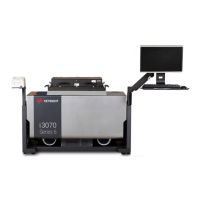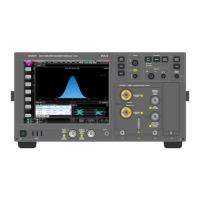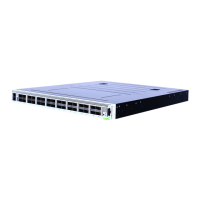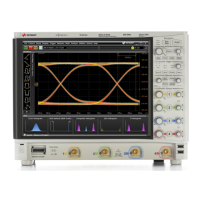4-2 Site Preparation
4 RF Attenuation Requirements
Introduction
This chapter describes the installation requirements and possible solutions where
additional RF attenuation measures are required as part of the installation. The
limits for the radiated RF emissions are set by various standards such as CISPR 11,
an international standard, ICES-001 for Canada, EN 61326 for the EU and the Radio
communications (Electromagnetic Compatibility) Standard 2001 for Australia.
The Target Site Attenuation, meaning the required attenuation to be provided by
the site for the installation, is 15 dB for i3070 test systems. Some sites are
permitted radiated RF emissions higher than allowed for individual products. For
example, in the EU a local PTT agency may provide for a Site Allowance. If a Site
Allowance is permitted, subtract the Site Allowance from the Target Site
Attenuation and this becomes the Required Site Attenuation.
The Available Site Attenuation of a specific installation can be calculated as shown
in Calculating Site Attenuation. Consider the location of existing walls as well as
installing additional walls when considering the possible locations for the
installation. After choosing the installation location and determining any additional
needed site preparations, compute the Available Site Attenuation for this
installation.
In the event that the Available Site Attenuation for this installation is not greater
than or equal to the Required Site Attenuation, consider the use of a Shielded Cabin
with specified shielding performance. Other shielding methods such as conductive
wallpaper, metallized walls, etc. may be used. These methods may require an
approval test. This test, called in situ testing, may need to be performed by an
authorized agency or an organization designated by an authorized agency.
Table 4-1 shows the results of using calculating the required site attenuation with
no site allowance.
D = 30log
-1
((R - 10 * n) / 20);
where R = (10 * n), else D = 30 m
When the i3070 system is testing a device under test (DUT)
the RF emission levels may increase because the DUT will
also be radiating RF energy.
The Available Site Attenuation for this installation must be
greater than or equal to the Required Site Attenuation.

